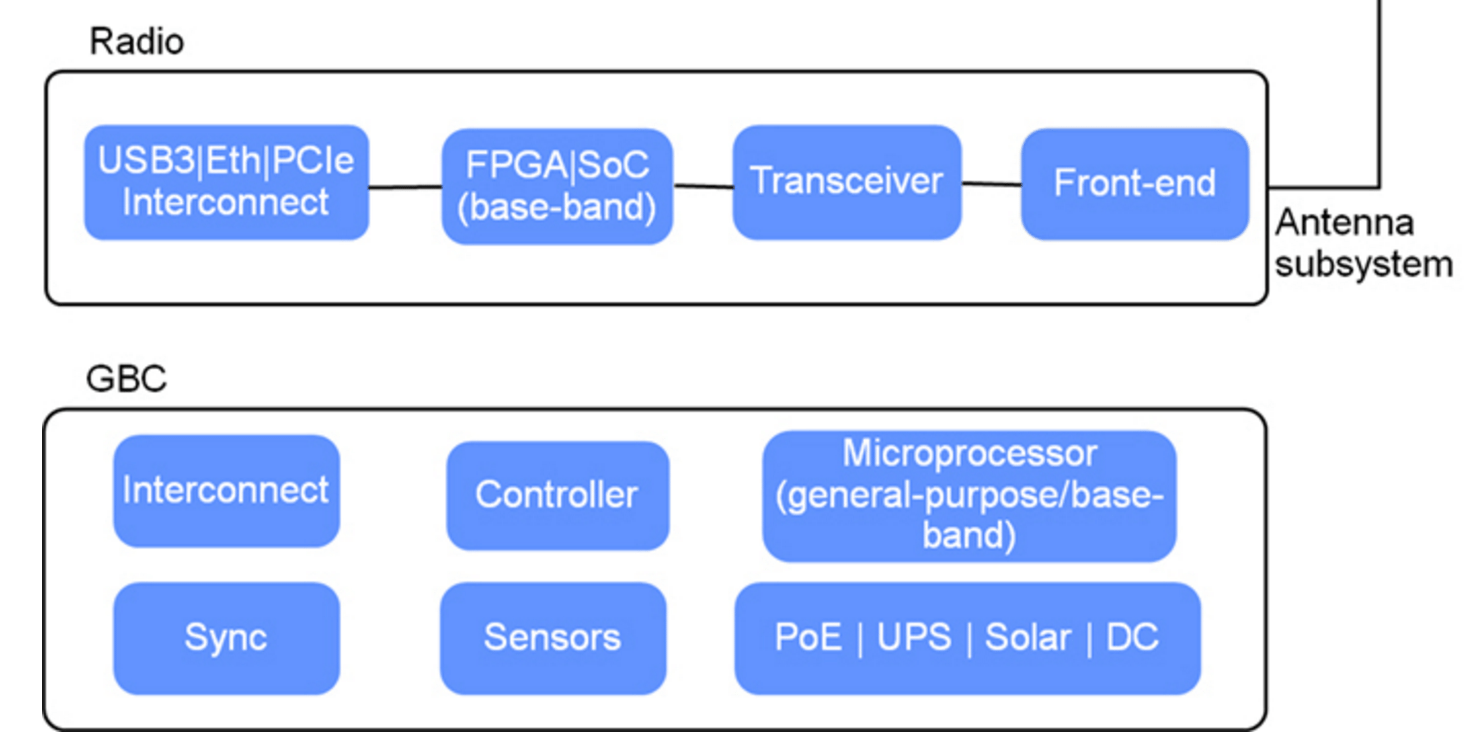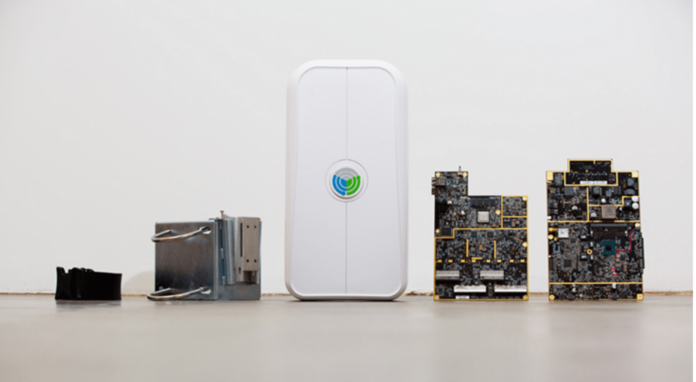The goal of OpenCellular is to open source the hardware and software to provide low-cost connectivity
Continuing to develop telecom-related solutions, Facebook this week unveiled its OpenCellular platform, a wireless access platform designed to work with 2G, 3G and LTE networks. The stated goal is to provide low-cost voice and data connectivity to underserved populations.
Facebook has made it a goal to provision rural broadband to the approximately 4 billion people on earth without reliable access. From its involvement in the Open Compute Project, the somewhat controversial Free Basics program and the Telecom Infra Project, to its concept for solar planes beaming internet to the ground and now OpenCellular, the social media giant is investing in connectivity, presumably to grow its base of potential customers.
Facebook’s Kashif Ali, in a post to, well, Facebook, outlined OpenCellular: “We have implemented an access platform that can support a wide variety of wireless network standards, from 2G and LTE to Wi-Fi access points. Anyone can customize the platform to meet their connectivity needs and set up the network of their choosing, in both rural and urban areas. For instance, the system, due to its on-board computing and storage capacity, can be configured as network-in-a-box or purely as a cellular access point.”
The design principles include modular construction designed to adapt to new wireless standards; scalability to support varying population densities; low capital expense and operating expense to enable a broad range of business models; simplified installation and support; work with existing locally available infrastructure; and localized manufacturing and a “lightweight supply chain.”
The company is testing the new platform at its headquarters in California, which has resulted in claimed successful transmission of text messages, voice calls and 2G data connectivity. Further testing is set to draw in other members of the Telecom Infra Project with the end goal being to release open-source software and hardware specifications.
On the software side, Facebook created an open-source, real-time operating system it said allows for remote monitoring and operation, as well as over-the-air updates, which are targeted for remote deployments and designed to reduce operating expenses.
The hardware comprises a general-baseband computer, which includes power, microcontroller, microprocessor, timing/sync module, sensors and control mechanism. Power can come from power-over-Ethernet, solar, DC, external sealed lead acid batteries or internal lithium-ion batteries. The integrated radio can be either a software-defined radio or a system on chip.
“The system supports two configurations: as a full network-in-a-box when the daughter card is combined with the GBC board; and alternatively as an access point, when the daughter card is operating alone,” which is supported only by the system on chip iteration, Ali added.


